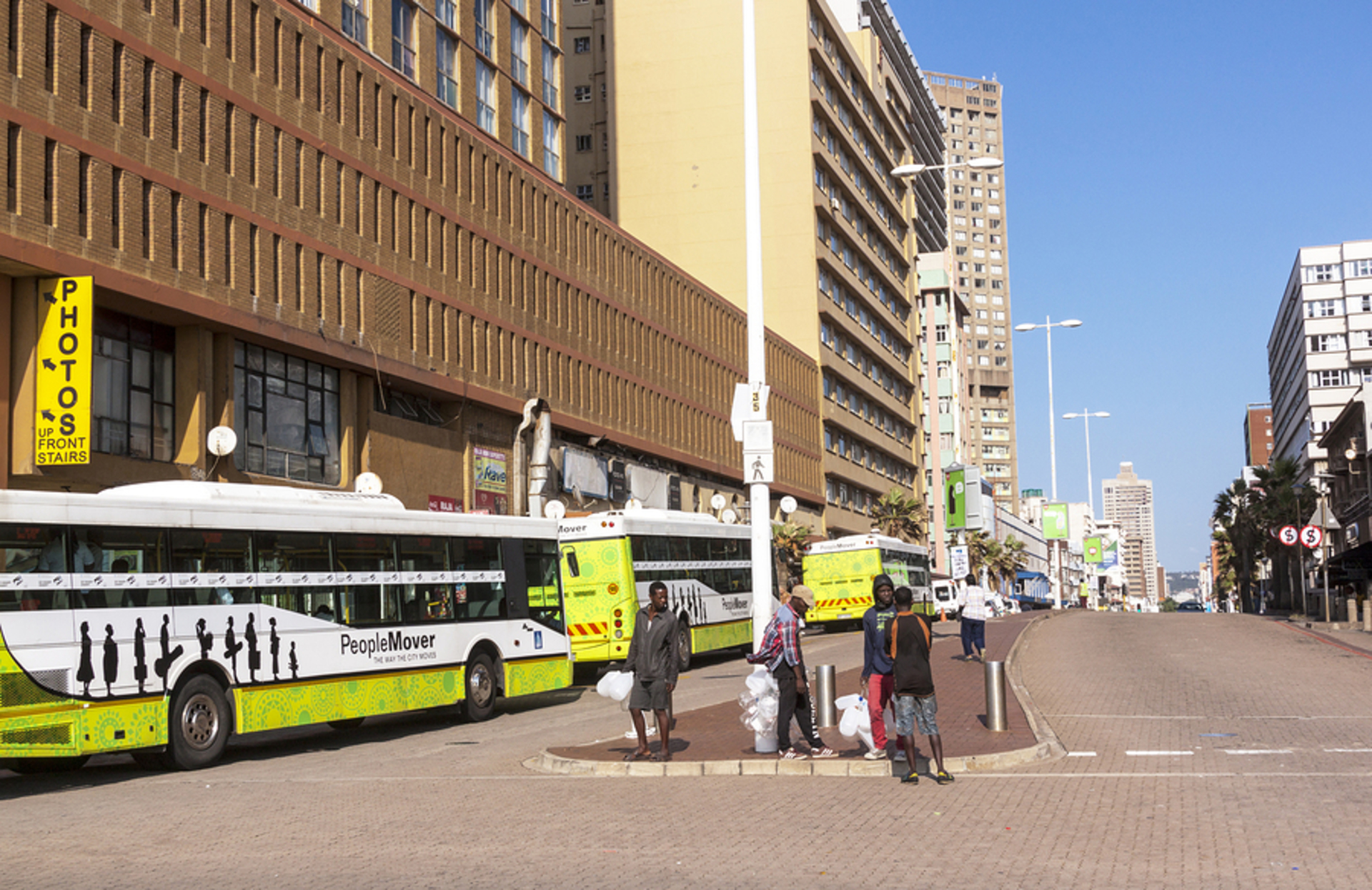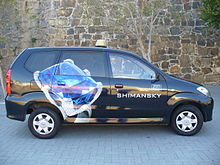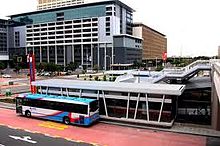Where Business, Tech and Innovation Collide in Cape Town!
TECHSPO Cape Town 2024 is a two day technology expo taking place October 16th - 17th, 2024 at the luxurious Westin Cape Town Hotel, Cape Town, Africa. TECHSPO Cape Town brings together developers, brands, marketers, technology providers, designers, innovators and evangelists looking to set the pace in our advanced world of technology. Exhibitors showcase the next generation of technology & innovation, including; Internet, Mobile, Adtech, Martech and SaaS technologies. Be prepared to be inspired, amazed and educated on how these evolving technologies will impact your business for the better.
As part of TECHSPO Cape Town is a limited attendance event, DigiMarCon Africa 2024 Digital Marketing Conference (https://digimarconafrica.com). If the conference is where the learning, theory and inspiration happens, then the TECHSPO floor is where the testing, networking and product interaction takes place.
The TECHSPO floor is free to attend (for a limited time)! Register today! For more details visit https://techspocapetown.co.za.
The Westin Cape Town Hotel, Cape Town, AfricaSouth Africa Transport
Transport in South Africa
Roads
The national speed limit is between 50 or 80 km/h in residential areas and 120 km/h on national roads/freeways/motorways.
In 2002 the country had 362,099 km of highways, 73,506 km (17%) of which was paved (including 239 km of expressways).[1]
In South Africa, the term freeway differs from most other parts of the world. A freeway is a road where certain restrictions apply.[2] The following are forbidden from using a freeway:
- a vehicle drawn by an animal;
- a pedal cycle (such as a bicycle);
- a motor cycle having an engine with a cylinder capacity not exceeding 50 cm3 or that is propelled by electrical power;
- a motor tricycle or motor quadrucycle;
- pedestrians
Drivers may not use hand signals on a freeway (except in emergencies) and the minimum speed on a freeway is 60 km/h (37 mph). Drivers in the rightmost lane of multi-carriageway freeways must move to the left if a faster vehicle approaches from behind to overtake.
Despite popular opinion that “freeway” means a road with at least two carriageways, single carriageway freeways exist, as is evidenced by the statement that “the roads include 1400 km of dual carriageway freeway, 440 km of single carriageway freeway and 5300 km of single carriage main road with unlimited access.”[3] The Afrikaans translation of freeway is snelweg (literally fast road or expressway).
Road Transport
The Department of Transport is responsible for regulation of all transportation in South Africa, including public transport, rail transportation, civil aviation, shipping, freight, and motor vehicles. According to the Department’s vision statement, “Transport [is] the heartbeat of South Africa’s economic growth and social development!”[4]
Cape Town and MyCiTi IRT
The City of Cape Town has made it clear that developing public transportation must be a priority, if it is to achieve its long-term developmental goals. As such, the City has planned out the development of an Integrated Rapid Transit (IRT) system called “MyCiTi IRT”. In 2007, the construction of this system began with the implementation of Cape Town’s “Bus Rapid Transit” system. This first phase has been designed to enable easy integration of other forms of public transport – ranging from cycling to South Africa’s famous minibuses in later phases of the IRT development [5] – including rail transit, seen currently as “the backbone of public transportation in Cape Town.”[6]
Railways
In 2000, South Africa had 20,384 km of rail transport, all of it narrow gauge. 20,070 km was 1,067 mm (3 ft 6 in) gauge (9,090 km of that electrified), with the remaining 314 km 610 mm (2 ft) gauge. The operation of the country’s rail systems is accomplished by Transnet subsidiaries Transnet Freight Rail, Shosholoza Meyl, Metrorail, Transnet Rail Engineering, Protekon et al.
A feasibility study is to be conducted into the construction of a 720 km of 1,435 mm (4 ft 8 1⁄2 in) (standard gauge) line from Cape Town to Durban for double-stack container trains.[7]
On 2010-06-07 the Gautrain opened between Oliver R Tambo International Airport (ORTIA) and Sandton. This is the first stage of a standard gauge passenger line connecting Cape Town, Pretoria and ORTIA.[8]
Links exist to Botswana, Lesotho, Namibia, Swaziland, and Zimbabwe. Railways linking Mozambique are under repair.
Transportation systems in nearby countries
- Angola Angola
- Tanzania Tanzania same gauge as far as Dar es Salaam – transshipment to 1,000 mm (3 ft 3 3⁄8 in) gauge at Kidatu
- Malawi Malawi
- Zambia Zambia
- Democratic Republic of the Congo Congo
- Botswana Botswana
- Lesotho Lesotho
- Mozambique Mozambique, under repair
- Namibia Namibia
- Swaziland Swaziland
- Zimbabwe Zimbabwe
Airports
Water
South Africa’s major ports and harbours are Cape Town, Durban, East London, Mossel Bay, Port Elizabeth, Richards Bay, and Saldanha Bay. In 2006 the new port is to open: Ngqura, at Coega, which is 20 km northeast of Port Elizabeth. The administration and operation of the country’s port facilities is done by two subsidiaries of Transnet, the Transnet National Ports Authority and South African Port Operations (SAPO).
In 2002, the merchant marine consisted of eight ships of 1,000 GRT or over, totaling 271,650 GRT/268,604 tonnes deadweight (DWT). Six were container ships, and two were petroleum tankers (including foreign-owned ships registered as a flag of convenience: Denmark: 3, Netherlands: 1).
Pipelines
There are 931 km of crude oil pipeline transport, 1,748 km for other petroleum products, and 322 km for natural gas. Petronet, a subsidiary of Transnet, which in turn is majority owned by the government, is principally responsible for the operation of South Africa’s pipelines.
Tramways
A number of urban tramway systems operated in South Africa but no longer do so. The last system (in Cape Town) began in 1890 as Rand Tramway(electrified in 1906) and ceased operations in 1961.[9]







